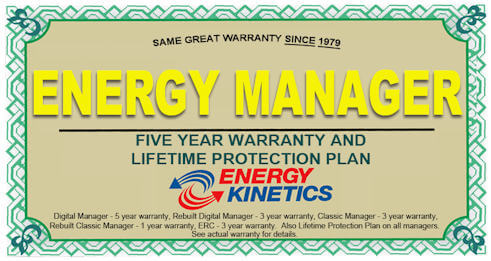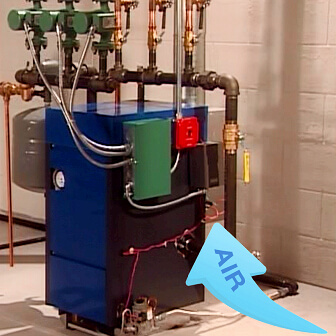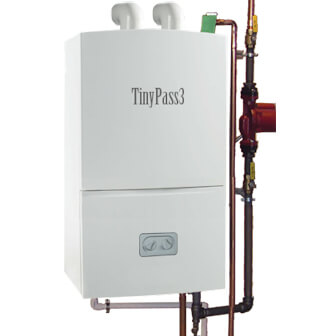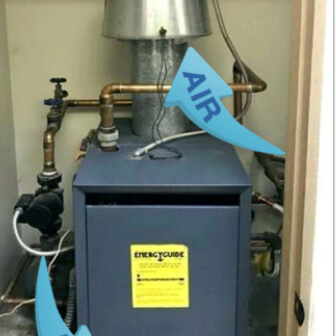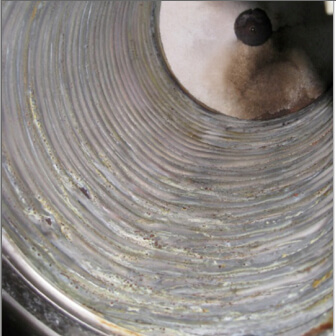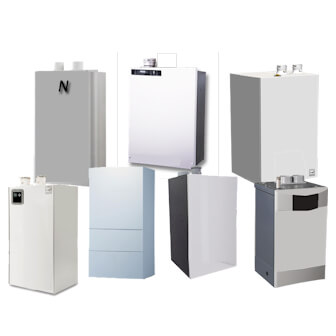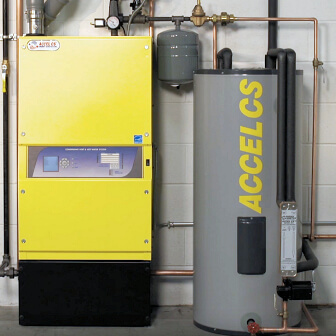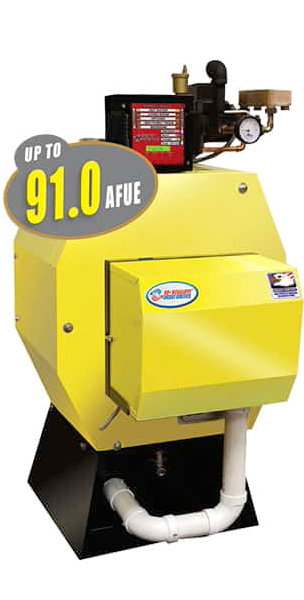Introducing the Smartest Residential Gas Boilers
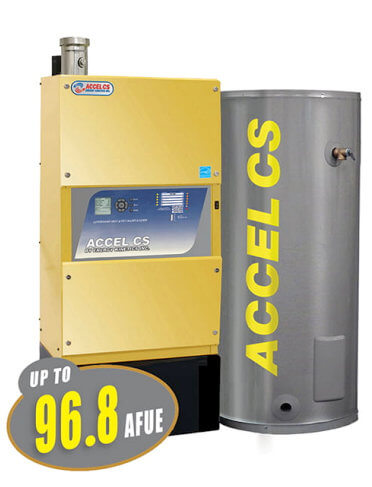
The engineers at Energy Kinetics created the world’s most energy efficient gas boiler by identifying and fixing flaws and inefficiencies in traditional condensing and conventional gas boilers.
Homeowners enjoy our boilers because they are reliable, produce more hot water, last longer, and save them up to 40% on energy costs when upgrading from cast iron heat and hot water models.1
The boiler designed for high performance, reliability, and energy savings.
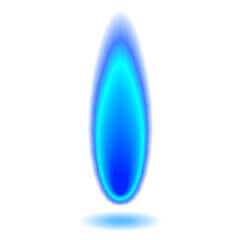
Why Gas Heat and Hot Water? Why Now?
Clean and Cost Effective.
Natural gas and propane are both clean energy sources that can provide cost-effective heat and hot water, specifically when compared to electricity, which can cost up to five times as much for the same amount of energy. In addition to burning cleanly, propane and natural gas heat offer the following benefits:
 The United States has an abundant domestic supply of natural gas available. Therefore, natural gas provides economical heat with lower greenhouse gas emissions when compared to other fuel sources.
The United States has an abundant domestic supply of natural gas available. Therefore, natural gas provides economical heat with lower greenhouse gas emissions when compared to other fuel sources. Natural gas is a competitively priced fuel and consequently provides homeowners with convenient monthly utility billing. In addition, natural gas can be utilized as an alternative energy source by traditionally electric appliances, lowering energy bills even further.
Natural gas is a competitively priced fuel and consequently provides homeowners with convenient monthly utility billing. In addition, natural gas can be utilized as an alternative energy source by traditionally electric appliances, lowering energy bills even further. Propane also provides many of the same benefits of natural gas in areas that are not accessible by underground pipelines. The United States has a plentiful supply of propane gas, thus providing a better heating value than electricity.
Propane also provides many of the same benefits of natural gas in areas that are not accessible by underground pipelines. The United States has a plentiful supply of propane gas, thus providing a better heating value than electricity.
3 Ways Energy Kinetics Gas Boilers Outperform Cast Iron and Condensing Boilers
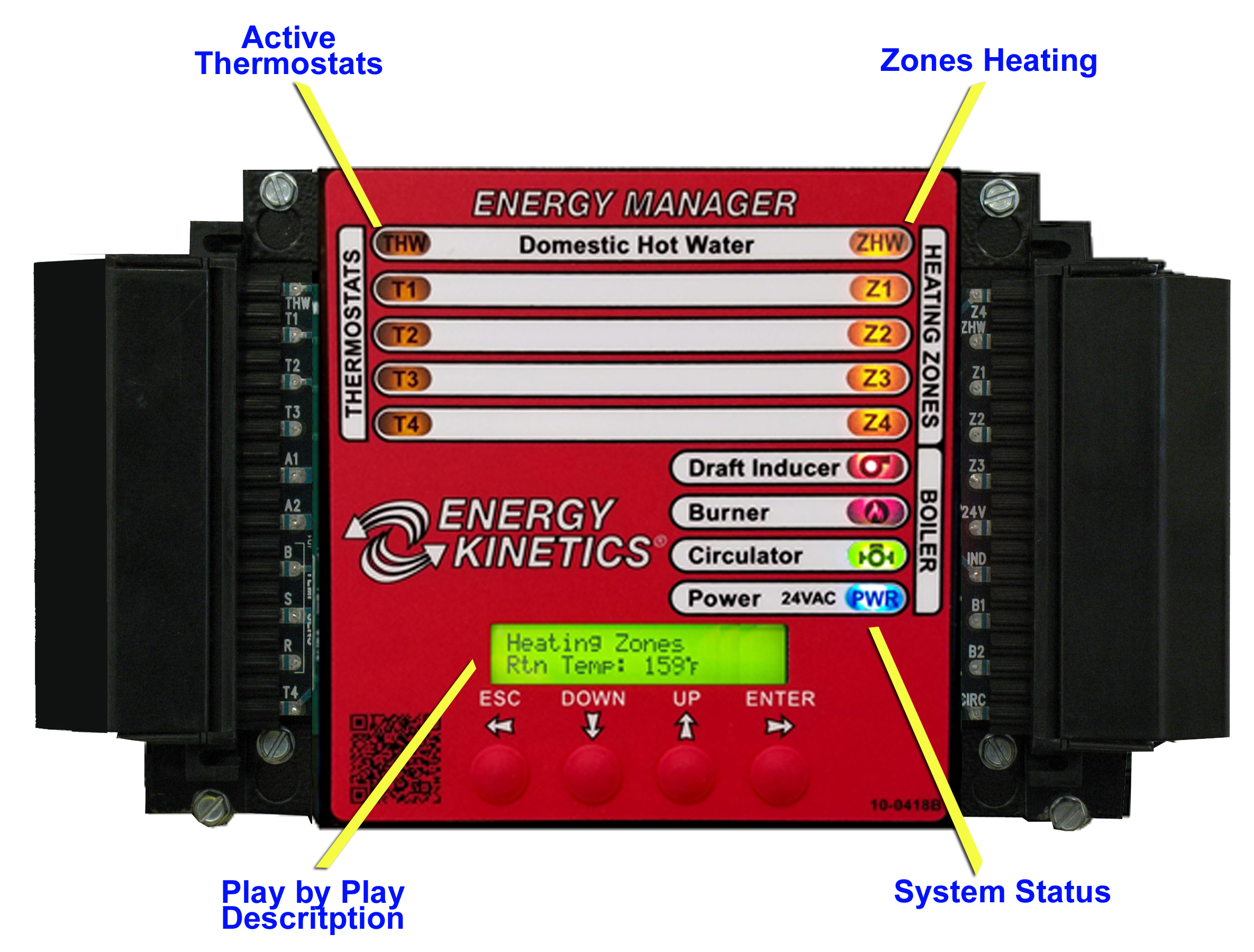
The Energy Manager carries a 5-year warranty and a lifetime protection plan – with no registration required. Refer to the specific warranty for details.
 The Brain
The Brain
The World’s Smartest Boiler
Simply Smarter.
With the world’s smartest boiler control, the Energy Kinetics’ Energy Manager maximizes heating, hot water, and overall heating system efficiency. Not only is it smart, it’s intuitive, easy to install and easy to understand. On-board diagnostics and a “play-by-play” screen make it simple to use. This powerful and simple design means your energy dollars deliver more heat and hot water to your home without sacrificing comfort or response time.
Unlike conventional cast iron boilers that waste energy maintaining their temperature, sending fuel dollars up the flue, Energy Kinetics’ Energy Manager controls manage energy usage. This energy-management system design delivered a higher annual efficiency than that of a typical 95 AFUE modulating condensing boiler in a BNL Lab study.1 Furthermore, our Accel CS™ Condensing Energy Manager controls enhance and optimize performance and increase condensate to keep the boiler fireside cleaner, making the Accel CS™ the highest efficiency boiler on the market. Also, our SmartBoost™ optimizes running efficiency, ensuring a fast response in the coldest weather. Our boilers deliver comfort to your home like no other boiler on the market.
Hot water is also optimized to provide the highest efficiency and the fastest hot water production. For example, our Accel CS boiler condenses throughout the entire hot water cycle delivering hot water quickly, while saving energy and keeping the boiler cleaner.
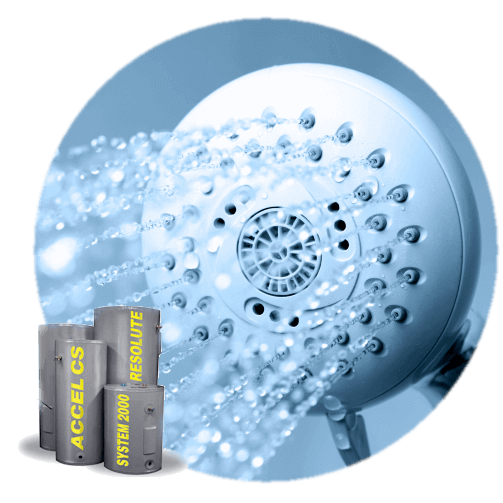
 The Flow
The Flow
Delivering More Hot Water Using Less Energy
The Energy Kinetics’ boiler design combines heat and hot water into one unit. This revolutionary design reduces your initial system costs while its high-efficiency performance saves you money on your monthly energy bills.
How Does It Work?
Unlike boilers with indirect hot water tanks, Energy Kinetics’ heating systems utilize the full energy output of heating your home to heat your hot water. This system efficiency ensures greater comfort, faster response, and significant savings.
Did you know that boilers are not rated for hot water efficiency?
Some consumers buy boilers strictly based on AFUE-rated efficiency, however, the “real” efficiency of a typical heat and hot water boiler is often much lower (12% to 40%).1 Furthermore, hot water efficiency is not included in a combined heat and hot water system’s AFUE rating. This exclusion makes AFUE an even worse indicator of efficiency for boilers than AFUE ratings applied to heat-only systems.
Why? Indirect tanks with coils need hotter boiler water to adequately heat the tank, resulting in typical efficiencies between 24% and 58% (read study). When a hot water tank finishes heating (typically three to five times per day), the boiler and piping also finish hot, often 160°F to 200°F, wasting energy every day that hot water is used. Combi boilers often don’t have a tank, but suffer from hot runs and wasted energy as well. In light of these figures, electric hot water tanks may seem attractive; however, they are the worst performers of all, with high costs per unit of energy (BTU), and typical power plant-delivered energy efficiency hovering near 33%.
The hot water tanks on Energy Kinetics boilers are typically heated with a high-performance plate heat exchanger that allows the tanks to heat from the top down. When the burner stops heating the boiler, there is a reservoir of unheated water at the bottom of the tank. The Energy Manager dedicates the energy left in the boiler to completing the heating of the tank. Our tanks finish hot and fully charged, and the boiler finishes with no wasted heat. This modern design truly maximizes your energy dollar.
And there’s more good news if you have hard water. Our Sealix® non-stick coated plate heat exchangers have a corrosion proof barrier against hard water fouling and scaling that’s durable even under extreme temperatures and pressures.
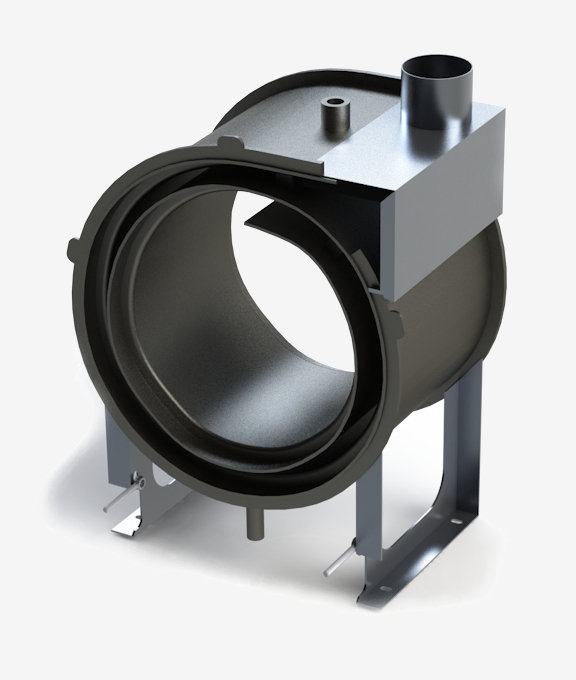
 The System
The System
Exceptional Boilers By Design
To build better boilers, Energy Kinetics’ design teams evaluated conventional cast iron and modulating condensing boilers in the field and in our lab. The evaluation criteria included the following categories: longevity, flue-side fouling, boiler-side fouling, long-term efficiency, room air losses, cyclic losses, oversizing impacts, control design, serviceability, and parts availability. The results: Energy Kinetics boilers outperformed every evaluated boiler in all categories.
One consideration to take into account when purchasing a high efficiency gas boiler is that heat and hot water gas boilers often suffer from lower-than-rated efficiency for heat (12% to 40% below their AFUE rating).1 The AFUE efficiency ratings ignore system losses and energy wasted when the burner turns off for these models. Hot boilers lose a significant amount of energy that is not accounted for after each cycle is completed. Here are our findings for two of the most common classes of boilers:
Conventional Cast Iron Boilers
 Just Haven’t Evolved – Cast iron boilers have not changed much since their inception. In fact, because they are very heavy, it may take 8 to 15 minutes just to heat the boiler itself. This means on every heat or hot water call, a significant amount of heat is left wasted in the boiler, therefore cutting efficiency up to 40% compared to the AFUE rating (read study). In addition, atmospheric cast iron boilers run very lean mixtures which increase the volume of flue products. This causes energy to exit the unit via the vent system.
Just Haven’t Evolved – Cast iron boilers have not changed much since their inception. In fact, because they are very heavy, it may take 8 to 15 minutes just to heat the boiler itself. This means on every heat or hot water call, a significant amount of heat is left wasted in the boiler, therefore cutting efficiency up to 40% compared to the AFUE rating (read study). In addition, atmospheric cast iron boilers run very lean mixtures which increase the volume of flue products. This causes energy to exit the unit via the vent system.
Modulating Condensing Boilers and Combi Boilers
 Poor Design – Most mod-con and combi boilers do not condense continuously or reliably during the coldest weather, when they run most frequently. Many designs are so restrictive that boilers have dedicated circulators and ensure flow to prevent the unit from overheating and failing. This process short-circuits flow and makes the boiler run hotter, preventing condensation. Lack of condensate prevents the unit from flushing and cleaning the heat exchanger, allowing combustion byproducts to build up. This build-up causes fouling that will eventually cause the system to prematurely fail. Also, very small boilers and water passes are prone not only to fouling and premature failure, but these systems reduce a boiler’s running efficiency. Additionally, many systems require complicated field-installed piping and extra pumps to protect the boiler from low-flow damage. This recirculated-hot-boiler-water design reduces condensation and increases fuel bills.
Poor Design – Most mod-con and combi boilers do not condense continuously or reliably during the coldest weather, when they run most frequently. Many designs are so restrictive that boilers have dedicated circulators and ensure flow to prevent the unit from overheating and failing. This process short-circuits flow and makes the boiler run hotter, preventing condensation. Lack of condensate prevents the unit from flushing and cleaning the heat exchanger, allowing combustion byproducts to build up. This build-up causes fouling that will eventually cause the system to prematurely fail. Also, very small boilers and water passes are prone not only to fouling and premature failure, but these systems reduce a boiler’s running efficiency. Additionally, many systems require complicated field-installed piping and extra pumps to protect the boiler from low-flow damage. This recirculated-hot-boiler-water design reduces condensation and increases fuel bills.
 Not Designed for USA Homes – Nearly all these boilers are European or Asian constructed with some units assembled in the USA using foreign parts. These boiler are designed for heating systems that run at much lower temperatures than those found in American homes.
Not Designed for USA Homes – Nearly all these boilers are European or Asian constructed with some units assembled in the USA using foreign parts. These boiler are designed for heating systems that run at much lower temperatures than those found in American homes.  Real Efficiency – Did you know that most of the savings from condensing heat and hot water boilers is due to low mass and low water content, not from a high AFUE rating? This is because less energy is wasted when the burner turns off. In addition to low mass and low water content, Energy Kinetics Energy Recovery controls don’t leave heat wasted in the boiler, saving even more energy. In fact, this is how Energy Kinetics boilers deliver a much higher efficiency than other boilers that may carry higher AFUE ratings.
Real Efficiency – Did you know that most of the savings from condensing heat and hot water boilers is due to low mass and low water content, not from a high AFUE rating? This is because less energy is wasted when the burner turns off. In addition to low mass and low water content, Energy Kinetics Energy Recovery controls don’t leave heat wasted in the boiler, saving even more energy. In fact, this is how Energy Kinetics boilers deliver a much higher efficiency than other boilers that may carry higher AFUE ratings.
Take a Closer Look
Condensing and Cast Iron Gas Boilers vs. Energy Kinetics Boilers
Still Not Convinced?
Swipe To Scroll Left / Right
|
Category
|
Typical Gas Boiler
“Conventional New Boiler”
|
Typical Condensing Boiler
“Wall Hung or Combi Boiler”
|
Energy Kinetics
“Smart Boilers”
|
|
|---|---|---|---|---|
|
Energy Savings
|
 Antiquated Design Antiquated Designheavy boilers = high fuel bills
“dumb” smart controls fall short
|
 Inferior Design Inferior Designcutting corners on size, materials and controls produces less than desired energy savings
|
 World’s Smartest Boiler World’s Smartest Boilerthe boiler with the brain creates high efficiency energy savings
|
|
|
Boiler Construction
|
 Cast Iron Cast Ironjust not built like they used to be
|
 Lightweight Construction Lightweight Constructiontiny water and flue passes and thin walled construction often lead to a shortened life
|
 Superior Materials Superior Materialshigh efficiency, proven long life with specially formulated steel and stainless steel
|
|
|
Endless Hot Showers
|
 Inefficient Design Inefficient Designoften supplemented with a separate gas-fired hot water tank
|
 Shortcut Designs Shortcut Designsinexpensive hot water construction with poor serviceability
|
 High Performance, Extraordinary Design High Performance, Extraordinary Designhighest efficiency and more hot water
|
How Much Does It Cost to Heat a House with Gas?
Residential Gas Boilers, Real Homes and Real Savings
Homeowners from across the United States, including Alaska, New York, New Jersey, Connecticut, Pennsylvania, New Hampshire, Rhode Island, Maryland, Massachusetts, Vermont, Delaware, Virginia, Ohio, Washington and Maine have enjoyed cutting their gas bills by having an Energy Kinetics gas boiler installed in their residence.
It’s true: the cheapest boilers are the most expensive ones to own. To understand the true cost of owning a boiler, you must also consider its annual operating costs. Using our annual boiler fuel bill calculator, it’s easy to find out how much money you can save annually by installing an Energy Kinetics high efficiency boiler over a conventional NEW heating system.
Case Study of Homeowner Richard’s Home
Annual Savings: $2,888
30 Year Savings: $86,628
Richard upgraded from a conventional cast iron boiler with a stainless steel indirect water heater to the Energy Kinetics EK1 Frontier Heating and Hot Water System with a 40 gallon hot water tank. His fuel cost in the prior year was $6,536.
Pictured is Richard G.’s Residence in Woodstock, New York
Homeowner Frank R. of Enfield, Connecticut Shares His Experience of Switching to an Energy Kinetics Boiler to Heat His Home
It has Saved Us a Pile of Money… We Love It!
“We have had the System 2000 in our home for over 10 years, maybe 15- I can’t remember for sure. It has saved us a pile of money over the years. We truly love this thing and I highly recommend it to everyone replacing their heating system.”
Gas Boiler FAQs: Everything You Need to Know
Learn about gas boilers, their benefits, and when to replace them in our comprehensive FAQ section.
- makes both heat and hot water
- has a thermal purge control for the best comfort and efficiency
- includes wide open water and flue passes for long life, clean operation, and ease of service
- is vented in a structurally sound chimney or sidewall vented using polypropylene (PVC has a much lower temperature rating and should not be used on boilers that provide water over 140°F to baseboard and cast iron radiators).
- If no hot water tank is desired, ensure the boiler is not referred to as a “space saving” or “ultra-compact” wall-hung model, as these often have small water and flue passes that can foul and cause shortened boiler life. Wall-hung boilers also require dedicated pumps that prevent the highest efficiency operation and sometimes require expensive air/dirt/magnetic filters to prevent debris from old heating system piping from entering the boiler.
- Old, atmospheric cast iron gas boilers often last over 25 years.
- “Space-saving” and “Ultra-compact” wall-hung boilers have much shorter expected life cycles, especially if they are constructed of materials such as aluminum or lower grade 304 stainless steel or have very fine fins to aid in heat transfer. It’s not unusual to see these types of boilers require replacement in 5 to 10 years, especially if not installed according to manufacturers’ instructions.
- Boilers made of 316L highly corrosion-resistant stainless steel with wide open water and flue passes can have a much longer life expectancy.
- High-quality spiral specially formulated steel boilers like System 2000, Ascent Combi, and Resolute have 30-year expected lifecycles.
Which Gas Boiler Is Right for Heating Your Home?
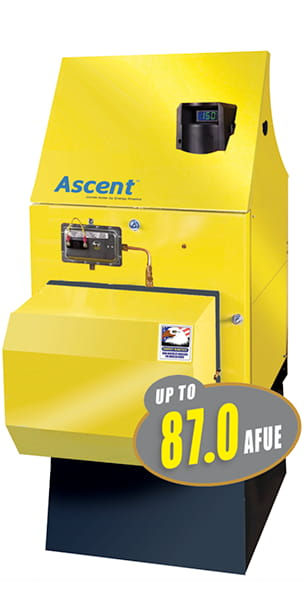
Ascent™ Combi
Homes with 1 or 2 thermostats
Chimney vented
Homes without a hot water tank
Gas and Oil Boiler
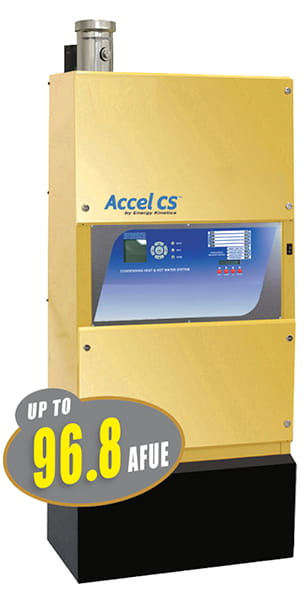
Accel CS™ Boiler
Highest efficiency condensing gas boiler
Automatically adjusts for best performance
Nearly unlimited hot water
Natural gas and propane boiler

System 2000®
Delivers exceptional value
Chimney vented
Nearly unlimited hot water
Gas and oil boiler
1The Ascent Combi does not have an Energy Manager or storage tank. However, it does feature smart controls not found in tankless coil boilers that deliver substantial energy savings and better hot water production. Quiet operation is whisper quiet with optional silent burner cover.
